New York City public schools will close down Monday through at least April 20 to stem the spread of the new coronavirus pandemic, a decision that has sweeping ramifications for the city’s 1.1 million students and their families.
“For everyone who is wondering why this has been such a difficult decision: I know the full cost,” Mayor Bill de Blasio said at City Hall on Sunday. “It’s very painful. It’s going to be very difficult for a lot of families.”
His announcement came shortly after Gov. Andrew Cuomo said that the nation’s largest school district would close, ending days of mounting pressure from teachers, politicians, and parents. New York City had 329 confirmed coronavirus cases as of Sunday evening, and five deaths related to the illness, de Blasio said.
’Grab and Go’
While many details remain unclear, officials began to lay out some specifics that address a few key concerns: how the closures would affect children who rely on schools for food and how to provide child care for parents on the front line of the pandemic.
Schools will provide “grab and go” meals to families this week, the mayor said. Starting March 23, regional enrichment centers “will be available for the children of first responders, healthcare workers, and our most vulnerable populations,” officials said. That is also when remote learning will begin for students.
The school system will shut down entirely on Monday, Chancellor Richard Carranza said. School staff will return from Tuesday through Thursday — while “practicing social distancing” — to begin training on how to provide remote learning.
The mayor said in-person training is necessary to accomplish such a massive shift.
“We’re asking people, in three days, to teach in an entirely different manner,” he said. “To teach people, many of whom will be the first time they’ve done it, it’s just hard to do it virtually.”
Schools could reopen after spring break, at the earliest, but they also could remain closed for longer. The mayor has said previously it would be difficult to reopen schools this academic year once they are are shuttered.
’The Last Resort’
The Sunday night decision came after a day of mixed messages.
Earlier Sunday, Cuomo said he would leave the decision to close up to individual school districts. Hours later, the governor reversed course, saying the city’s schools should shut down early this week and gave the city 24 hours to come up with a plan to provide food and child care to families.
Then a half hour ahead of de Blasio’s press conference, the governor’s office said officially that schools would be closing.
It was increasingly clear by Sunday afternoon that city schools would close as the mayor lost the backing of one of his biggest allies in keeping schools open: 1199SEIU, the local health-care workers union.
Figuring out child care options for health care workers had been a major sticking point, according to the governor and de Blasio. On Sunday, the union alluded to the fact that child care options for its workers were coming together.
The closure will impose an enormous burden on public school families. Roughly 70% of the city’s students are from low-income families, who may struggle to find alternative child care arrangements and who depend on school meals for their children.
Because of those burdens on families and the reportedly limited risk of the virus to children, de Blasio and Carranza repeatedly declared over the past few weeks that they would only close schools that were directly affected, as required by the state, and even then for a short period of time. A city-wide closure would only serve as a last resort, they repeatedly said.
“We’re at the last resort,” Carranza said Sunday.
’The Right Decision’
Calls from city lawmakers, educators, and parents grew increasingly loud in recent days as large gatherings were banned in New York — with the exception of schools — and states began closing schools across the board, including Florida, Michigan, Ohio, North Carolina, Maryland, and New Mexico.
The nation’s second largest district, Los Angeles, shuttered its schools, as did San Francisco and Washington, D.C. Late last week, New York City’s largest charter networks announced they would move to remote learning.
Those closures — in quick succession — made the city increasingly lonely in its decision to keep district schools open.
The city’s teachers union came out on Friday in favor of a systemwide shutdown as did the union representing school administrators — a significant political sea change.
In a rare break with the mayor, Michael Mulgrew, the teachers union chief, called the decision to keep schools open “irresponsible” and “reckless.” Some teachers planned a “sickout” for Monday to increase pressure to close schools.
“I’m glad they made the choice for us because it was getting to the point where the pressure was being placed on all the wrong people, because the city wasn’t stepping up to make the decision,” said Karen Dahl, a mother of a fourth and seventh grader on the Upper West Side.
Dahl said she realized she was better off than many city families since she and her husband will work from home, meaning child care won’t be an issue.
“We are in a super privileged situation,” Dahl said. “While it is a bummer, and confusing for kids and lots of questions remain, we’re safe, we’re healthy and I think it’s the right decision.”
Steep Challenges
Other parents said the closures could be untenable for them.
In the Brownsville section of Brooklyn, Leisa Lynch is scrambling to arrange child care for her three children who attend Uncommon charter schools nearby.
“When it’s summertime coming, I know what I’m doing: I’m sending the kids to Jamaica,” where they have family, Lynch said. “This was so sudden. I have no long-term plans.”
She works two jobs to keep her family afloat: One as night shift supervisor at a domestic violence shelter and a daytime job as an administrative assistant for UPS.
She’s planning to use sick time on Monday to watch her three boys, two of whom are 11 years old and another who is 7.
Then she’s planning to lean on her mother for coverage for the rest of the week. But that is only a stopgap, since the boys’ grandmother has her own job as a home health aide. Lynch said she can’t afford to give up her jobs to watch the kids.
“You have to work because you need to pay your bills — your bills don’t pause,” she said.
It will also be difficult to monitor her children to make sure they’re completing assignments during the day.
“I think I would have to be on them to do the work,” she said.
Brooklyn parent Paula Edgar is concerned about how she will balance care for her second-grader and high school freshmen with running her diversity, equity, and inclusion consulting business. She’s already taking an economic hit from event cancellations for her business.
“My biggest concern is, how do I figure out a revenue system to be consistent while I also figure out parental needs and the things they need,” Edgar said.
iPads on the Way
City leaders had hoped that a more limited set of precautions would be enough to avoid a systemwide shutdown.
They ordered schools to ramp up cleaning efforts, implored educators to promote regular hand-washing, cancelled school-sponsored trips abroad, began conducting parent conferences remotely, and ordered students and teachers to stay home if they’re sick.
The effect of the closures on student learning will also reverberate through the rest of the school year, if not longer.
While New York City education department officials previously released some grade-by-grade curriculum materials for parents to use at home, most city schools do not have the infrastructure in place to set up remote learning, and many families lack internet access.
Ursalina Ramirez, chief operating officer for the school system, said the city will purchase an estimated 300,000 iPads to distribute to students who need them.
Plans are also in the works for T-mobile to provide internet connections for the devices, which will be lent to students. Officials said other providers will play a role in getting students online, including Spectrum and Verizon.
Going ‘Remote’
According to federal guidance, schools that go fully “remote” due to the coronavirus must adapt lessons for students with disabilities, a group that may be particularly hard hit by closures since certain therapies and services may not be provided.
Ronnie Almonte, a teacher at Murrow High School in the Midwood section of Brooklyn, said he’s ready to do what’s asked of him in teaching students remotely, but remained worried about the consequences for students with high needs.
“A third of my students, at least, have accommodations; a third or more actually have particular needs,” Almonte said. “I have questions about how they’re going to be supported without a teacher being there coaching them.”
Whether the closures will effectively curb the virus’ spread is unclear and may depend on how long schools are shuttered.
Research has found that early school closures can stem the impact of certain epidemics, though if large segments of the population have already been infected, the benefits of closures may be more limited.
If a lack of child care keeps healthcare workers home, that would also limit the effectiveness of the closures.
The article was published at Public School Coronavirus Closure Sets Term on Uncertain Path.

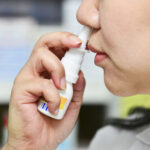
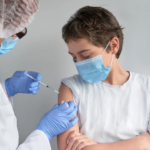
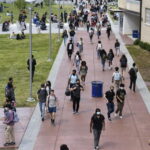
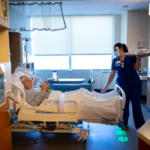
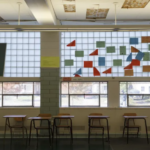
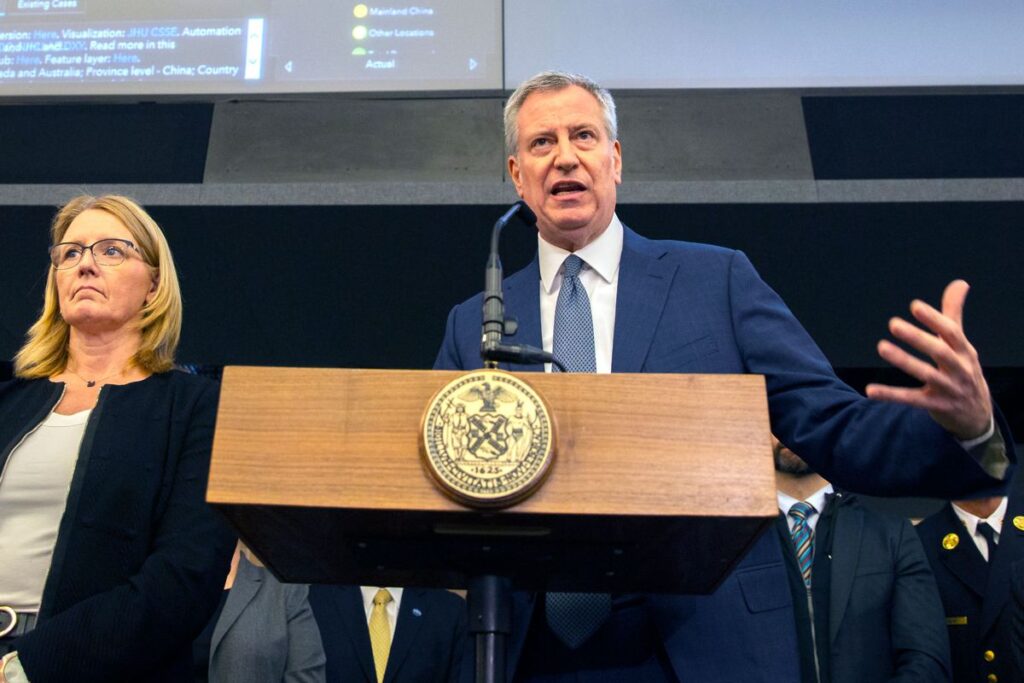
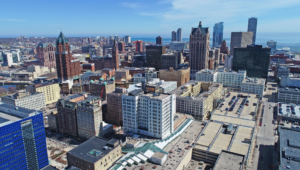

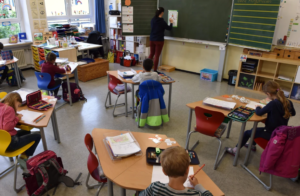
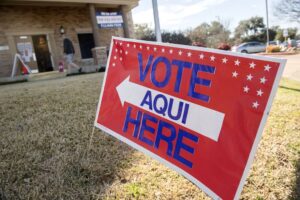
More Stories
More West Virginia schools will participate in opioid abuse prevention program
Pennsylvania is increasingly underfunding special education, report finds
Memphis’ Kingsbury High School community steps up call for changes